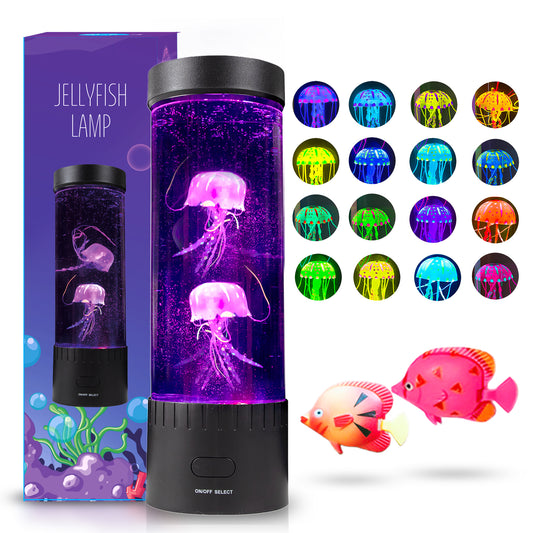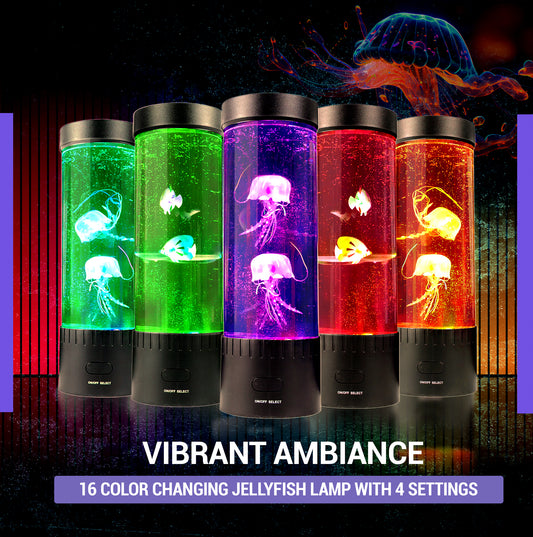Nurturing the Unique Talents of Children with Autism
Autism is a spectrum, and every child on this spectrum brings a unique set of talents, perspectives, and abilities to the world. As parents, educators, and caregivers, our role is not just to understand these unique abilities but to nurture and celebrate them. Children with autism often exhibit remarkable skills in various domains, including art, mathematics, memory, and more. Recognizing and fostering these talents can lead to a fulfilling and enriching life experience for them.
Understanding Sensory Needs
A significant aspect of nurturing talents in children with autism involves understanding and catering to their sensory needs. Many children with autism have heightened or reduced sensitivity to sensory inputs, such as sound, light, touch, and movement. This sensory processing can significantly impact how they interact with their environment and learn new skills.
The Role of Sensory-Friendly Tools
Incorporating sensory-friendly tools and activities is crucial in creating an environment where children with autism can thrive. One such effective tool is the bubble lamp, known for its soothing visual effects and gentle motion.
How Bubble Lamps Aid in Sensory Development
-
Visual Stimulation: The gentle movement of bubbles can be mesmerizing and calming, providing a focus point for children who may be easily overwhelmed by overstimulating environments.
-
Tactile Interaction: For children who are tactile seekers, touching the smooth surface of the lamp or feeling the vibration of the bubbles can be a comforting experience.
-
Cognitive Engagement: Observing the mechanics of the bubble lamp can also spark curiosity and cognitive engagement, encouraging exploration and learning.
Tailoring Education and Activities
Nurturing talents in children with autism also involves tailoring educational approaches and activities to their learning style. This may include:
-
Visual Learning Tools: Many children with autism are visual learners, so using visual aids, pictorial instructions, and colorful charts can be beneficial.
-
Structured Learning Environments: Predictable and structured environments can help reduce anxiety and aid concentration, providing a better learning experience.
-
Interest-Based Learning: Leveraging a child's interests, whether it's in numbers, patterns, music, or nature, can be a powerful way to engage and teach new concepts.
Celebrating Small Victories
It's important to celebrate every achievement, no matter how small. Each milestone, be it in academic skills, social interactions, or personal development, is a step towards greater independence and self-expression.
Conclusion
Every child with autism has unique talents waiting to be discovered and nurtured. By understanding their individual needs, especially their sensory processing, and tailoring our approach accordingly, we can help them unlock their full potential. Tools like bubble lamps, along with customized educational strategies, play a crucial role in this journey. As we continue to learn more about autism, it becomes increasingly clear that these children have much to offer, and it's our privilege to guide and support them in their growth and development.






